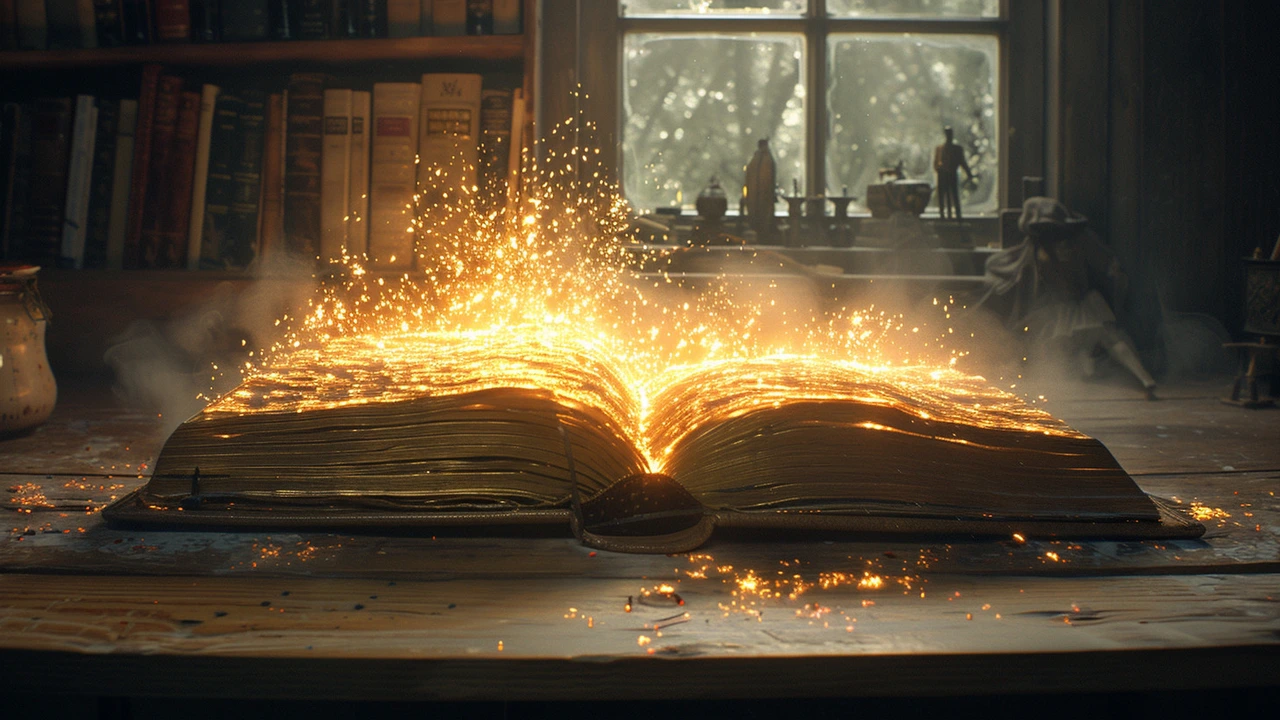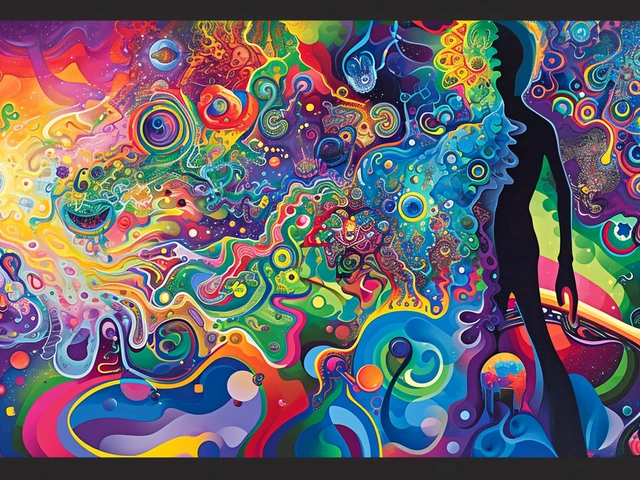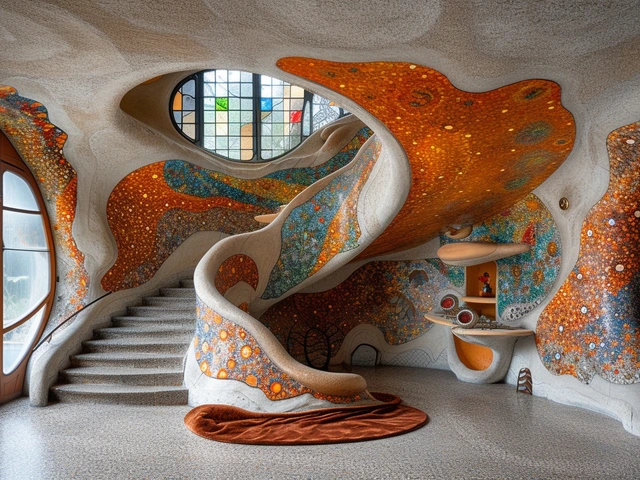The Enigmatic Origins of Magical Realism
Magical realism, a term often associated with literature, finds its roots deeply embedded in the art world. Born out of a post-World War I environment, this genre seemed to encapsulate a world where the rational and irrational coexisted, creating a space for the unexplainable in the everyday. The German art critic Franz Roh is credited with coining the term 'magical realism' in 1925, initially using it to describe a shift in post-expressionist painting that emphasized the return to realism while incorporating an eerie sense of the otherworldly or mysterious. This concept found fertile ground in various cultures, particularly in Latin America, where it intertwined with local traditions, stories, and identities to produce a rich tapestry of visual storytelling.
Influence on Surrealist Art
The influence of magical realism on surrealist art is both profound and multifaceted. Surrealism, a movement that sought to release the creative potential of the unconscious mind, found in magical realism a kindred spirit. Artists were drawn to magical realism's ability to blur the lines between reality and fantasy, enabling them to explore dreamlike scenarios and subconscious narratives with a grounding in the real world. This intersection between reality and imagination fueled the development of a surrealist aesthetic that was deeply imbued with the mysterious, the fantastical, and the uncanny. Notable surrealists like Salvador Dali and Rene Magritte were adept at using magical realism to challenge perceptions of reality, thereby deepening the surrealist quest for a greater truth beyond the visible.
Key Artists and Their Contributions
Within the realm of magical realism, certain artists have left an indelible mark on the genre, pushing its boundaries and exploring its depths. One cannot discuss magical realism without mentioning Frida Kahlo, a Mexican artist whose self-portraits seamlessly blend elements of her personal tragedies with a rich tapestry of symbolic imagery, reflecting both her inner world and cultural identity. Equally influential was Leonora Carrington, a British-born artist who brought a unique blend of folklore, feminism, and fantasy to her magical realist canvases. These artists, among others, contributed to the genre's richness and diversity, using their canvases as arenas for the extraordinary to mingle with the mundane, thus challenging the viewer's perception of reality.
Techniques and Artistic Processes
The techniques employed in magical realism are as varied as the artists associated with the genre. What unites them, however, is a meticulous attention to detail and a commitment to depicting a hyperrealistic vision of the world that still leaves room for the surreal. Artists often used traditional methods, such as oil painting, to achieve a polished finish that accentuated the realism of their subjects. At the same time, they introduced elements of the fantastic—distorted proportions, unexpected juxtapositions, and mystical symbols—to create a sense of dissonance. This balancing act between the believable and the extraordinary is a hallmark of magical realist art, requiring not only technical skill but also a deep intuition for the emotional and narrative undercurrents of the work.
Magical Realism's Impact and Legacy
The legacy of magical realism extends far beyond its historical moment, continuing to influence contemporary artists and culture. Its ethos, which celebrates the mystery and marvel of the everyday, resonates with a wide audience, finding expression in diverse media, from painting and sculpture to film and digital art. This ongoing legacy is a testament to the genre's capacity for renewal and adaptation, offering artists new ways to explore the complexity of human experience and the blurred boundaries between different realms of perception. As magical realism evolves, it carries forward a tradition of challenging the mundane, urging viewers to look beyond the surface and consider the magic hidden within the ordinary.
Conclusion
In the end, the relationship between magical realism and surrealist art is one of mutual enrichment and shared exploration. By marrying the everyday with the extraordinary, magical realism offers a unique lens through which we can view the world, one that highlights the wonder and strangeness of the ordinary. As we continue to navigate an ever-changing landscape of artistic expression, the lessons of magical realism remain potent reminders of the power of imagination to transform our perception of reality. Whether through the brushstrokes of past masters or the digital creations of contemporary artists, magical realism continues to captivate and inspire, inviting us into a world where anything is possible.


